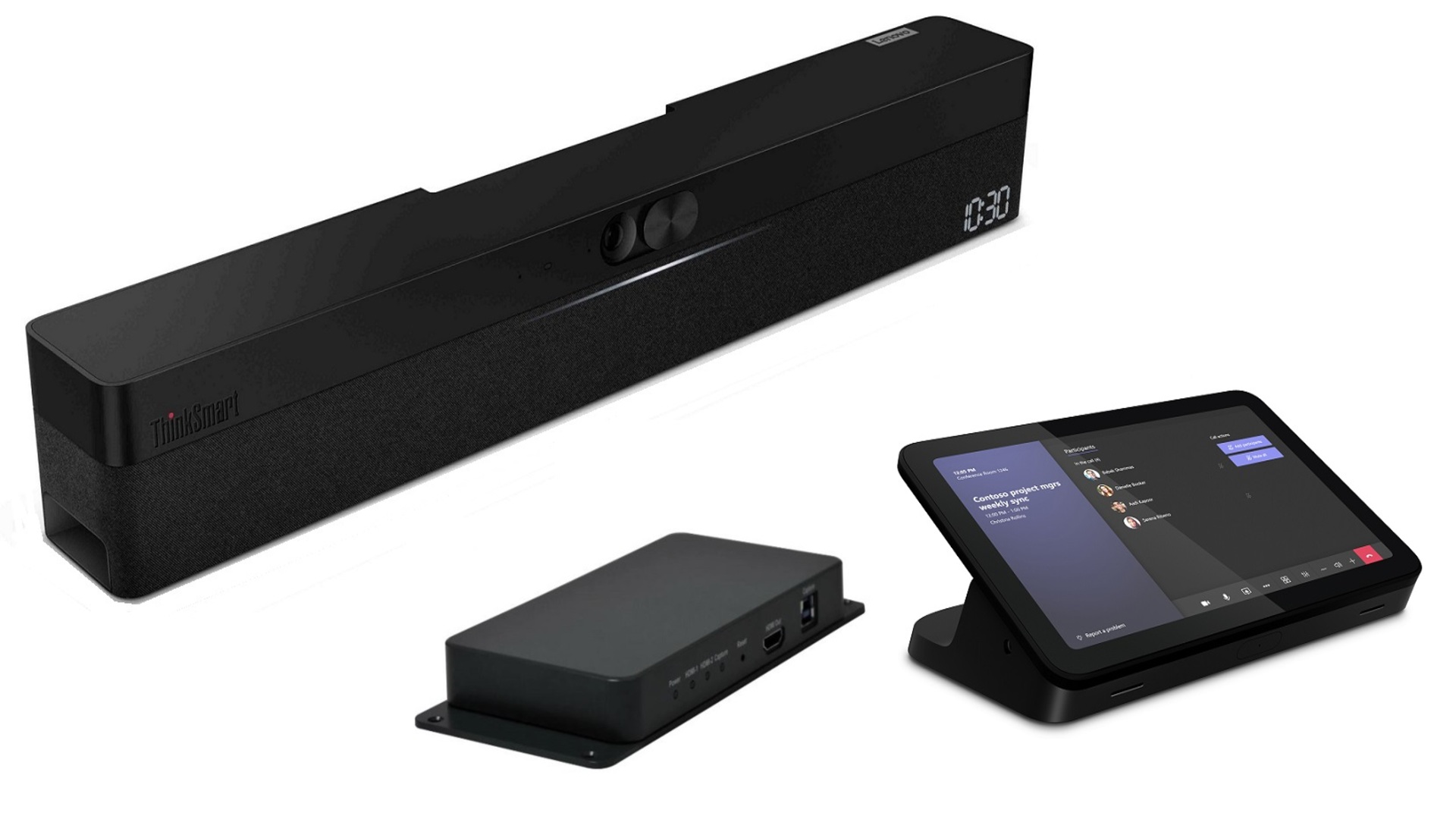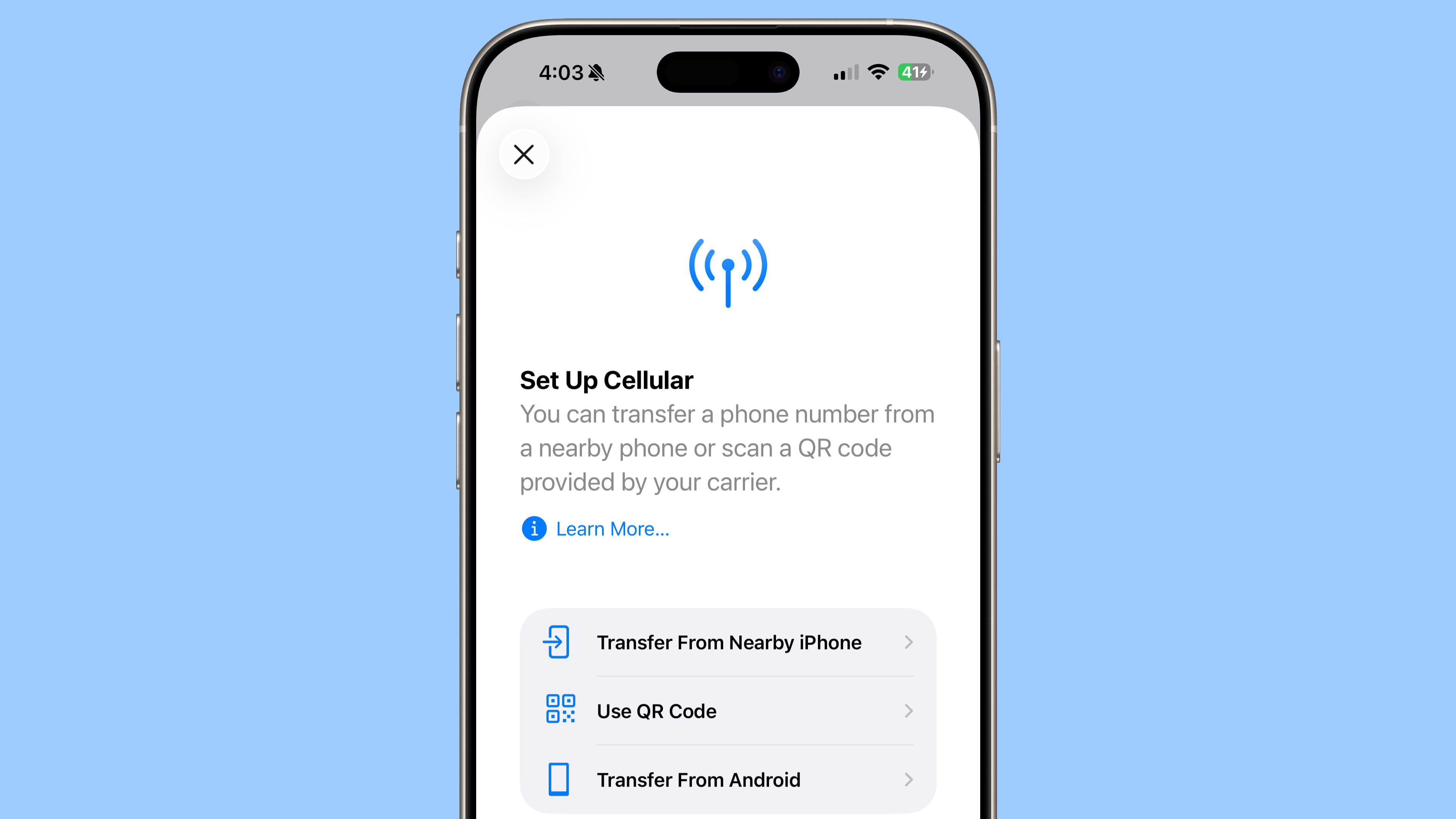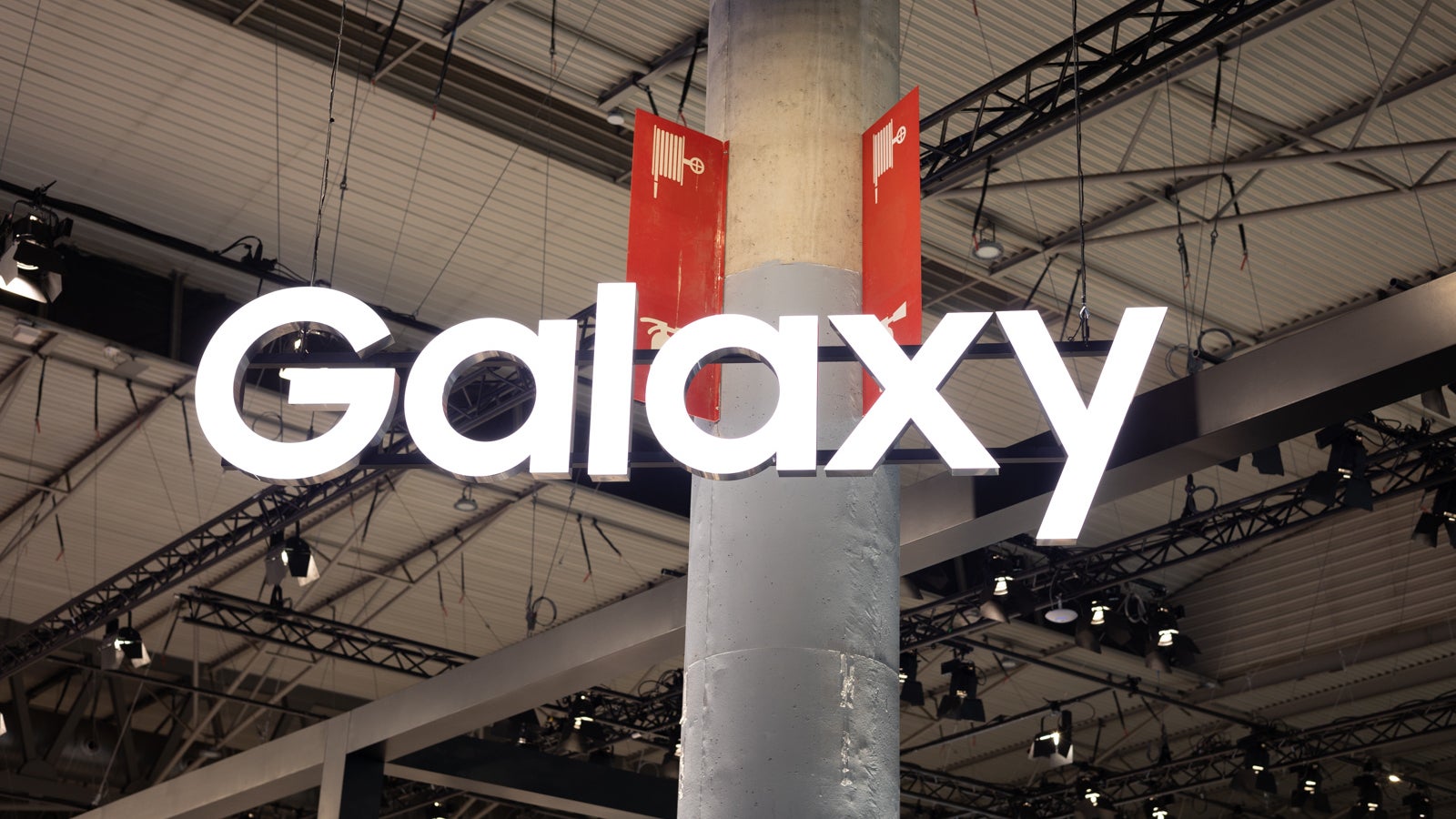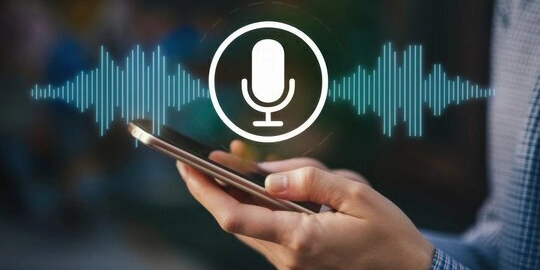AI and the Future of U.S. Immigration Law: A New Tool for an Overloaded System
U.S. immigration law is complex, slow-moving, and—at times—overwhelmed. With backlogged courts, outdated technology, and limited resources, both immigrants and legal professionals face frustrating delays and bureaucratic hurdles. But artificial intelligence is beginning to offer some hope. The Backlog Crisis As of 2025, immigration courts are facing a backlog of over 3 million cases. Judges are handling dockets that would be unmanageable in any other system, often with limited staff and outdated case management tools. This has led to years-long waits for hearings and decisions—delays that can leave families in limbo and lives on hold. How AI Is Helping AI can’t fix broken policies, but it is starting to improve how the system functions. AI tools are being used to streamline document review, predict case outcomes, and even translate legal documents in real time. These technologies can help attorneys prepare cases more efficiently and give judges quicker access to relevant information. Some nonprofits and legal tech companies are also using AI chatbots to provide immigrants with basic legal guidance, especially in areas where legal aid is scarce. While these tools aren't a replacement for an attorney, they can be a lifeline for individuals trying to navigate a confusing system on their own. A System Still Behind Despite these advances, immigration infrastructure remains deeply outdated. Many courts still rely on paper files, and databases don't always communicate with each other. For AI to reach its full potential, the system itself needs modernization and meaningful investment. The Road Ahead AI isn’t a cure-all, but it offers practical support in a system badly in need of reform. If used responsibly—with attention to privacy, fairness, and accessibility—it could help ease the burden on judges, support overworked attorneys, and offer faster, more just outcomes for immigrants seeking relief in the U.S. Created By: Dalton Breshears
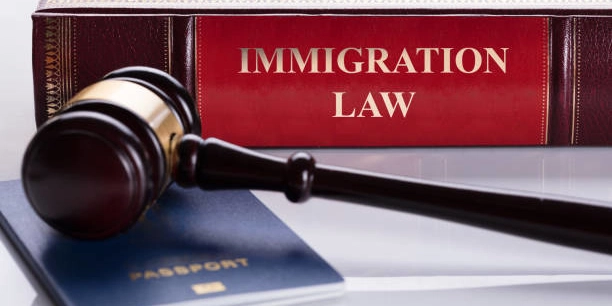
U.S. immigration law is complex, slow-moving, and—at times—overwhelmed. With backlogged courts, outdated technology, and limited resources, both immigrants and legal professionals face frustrating delays and bureaucratic hurdles. But artificial intelligence is beginning to offer some hope.
The Backlog Crisis
As of 2025, immigration courts are facing a backlog of over 3 million cases. Judges are handling dockets that would be unmanageable in any other system, often with limited staff and outdated case management tools. This has led to years-long waits for hearings and decisions—delays that can leave families in limbo and lives on hold.
How AI Is Helping
AI can’t fix broken policies, but it is starting to improve how the system functions. AI tools are being used to streamline document review, predict case outcomes, and even translate legal documents in real time. These technologies can help attorneys prepare cases more efficiently and give judges quicker access to relevant information.
Some nonprofits and legal tech companies are also using AI chatbots to provide immigrants with basic legal guidance, especially in areas where legal aid is scarce. While these tools aren't a replacement for an attorney, they can be a lifeline for individuals trying to navigate a confusing system on their own.
A System Still Behind
Despite these advances, immigration infrastructure remains deeply outdated. Many courts still rely on paper files, and databases don't always communicate with each other. For AI to reach its full potential, the system itself needs modernization and meaningful investment.
The Road Ahead
AI isn’t a cure-all, but it offers practical support in a system badly in need of reform. If used responsibly—with attention to privacy, fairness, and accessibility—it could help ease the burden on judges, support overworked attorneys, and offer faster, more just outcomes for immigrants seeking relief in the U.S.
Created By: Dalton Breshears







































































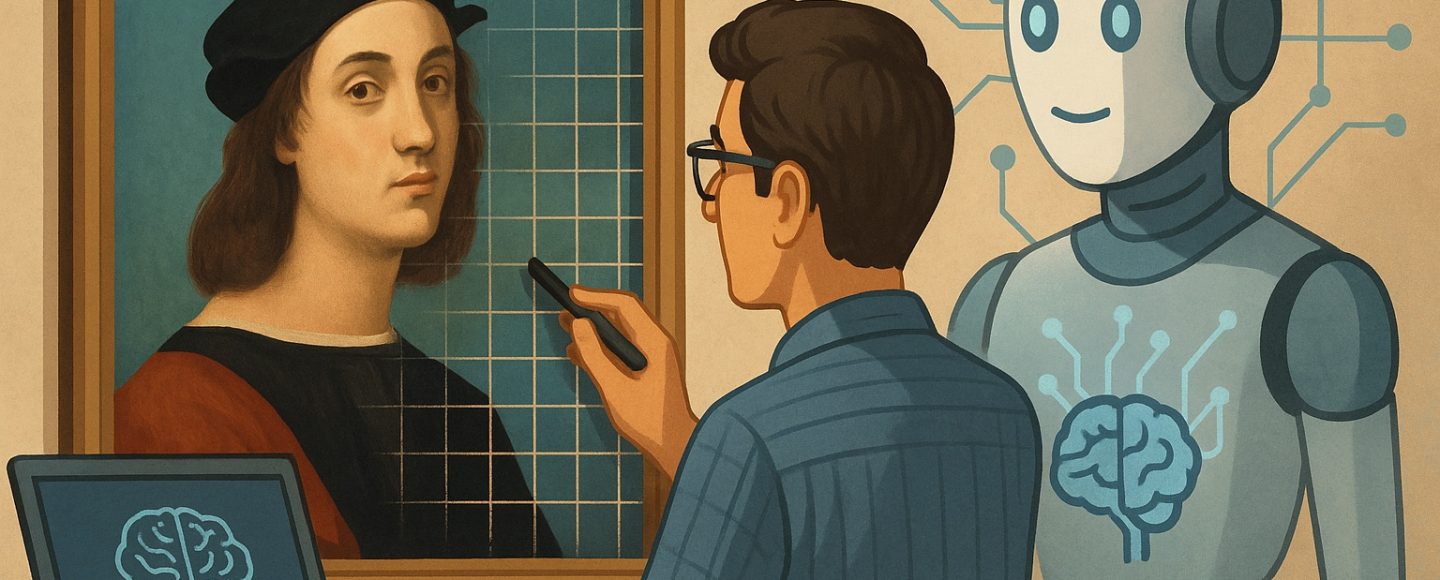
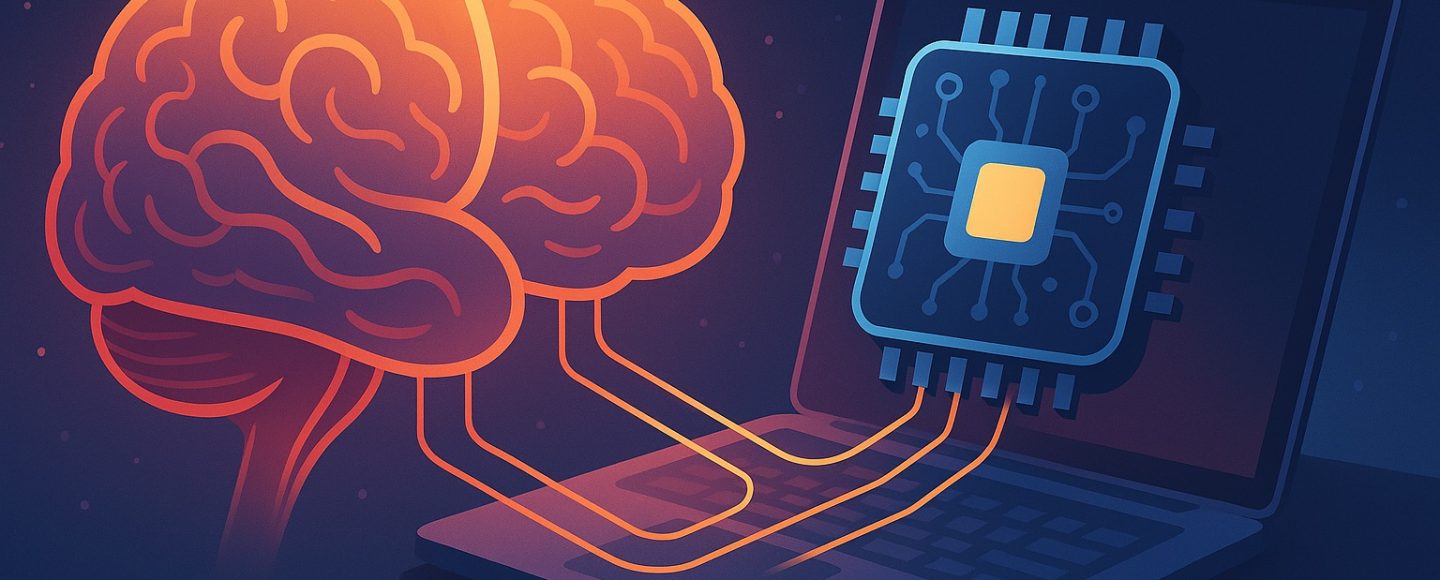
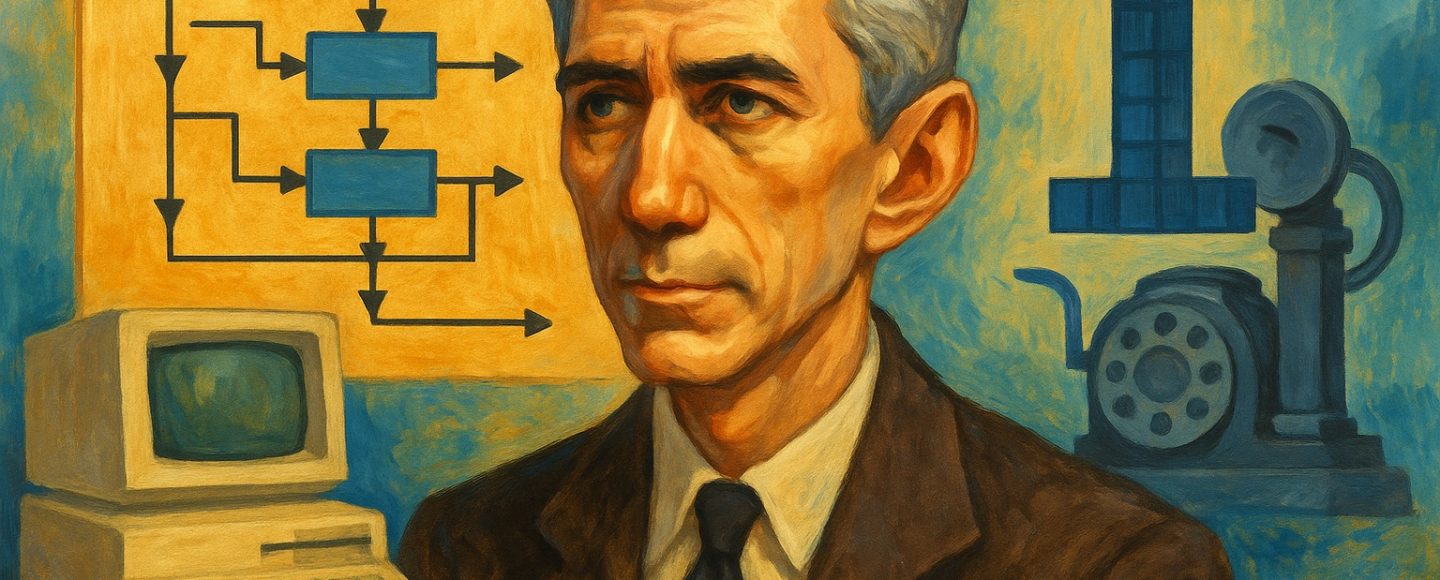

































































































![[The AI Show Episode 152]: ChatGPT Connectors, AI-Human Relationships, New AI Job Data, OpenAI Court-Ordered to Keep ChatGPT Logs & WPP’s Large Marketing Model](https://www.marketingaiinstitute.com/hubfs/ep%20152%20cover.png)









































































































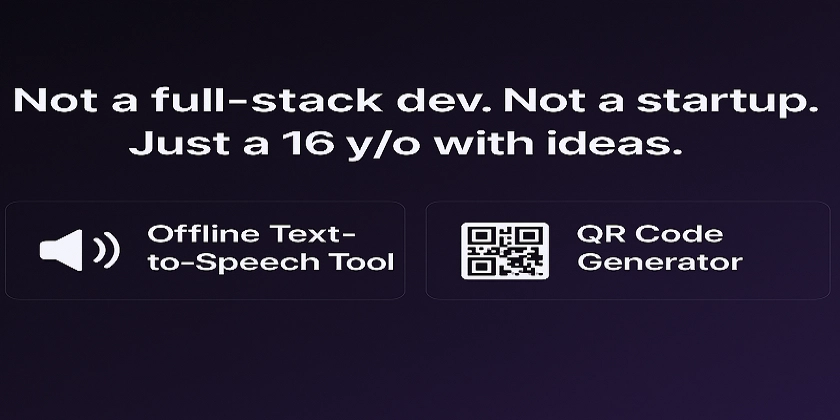
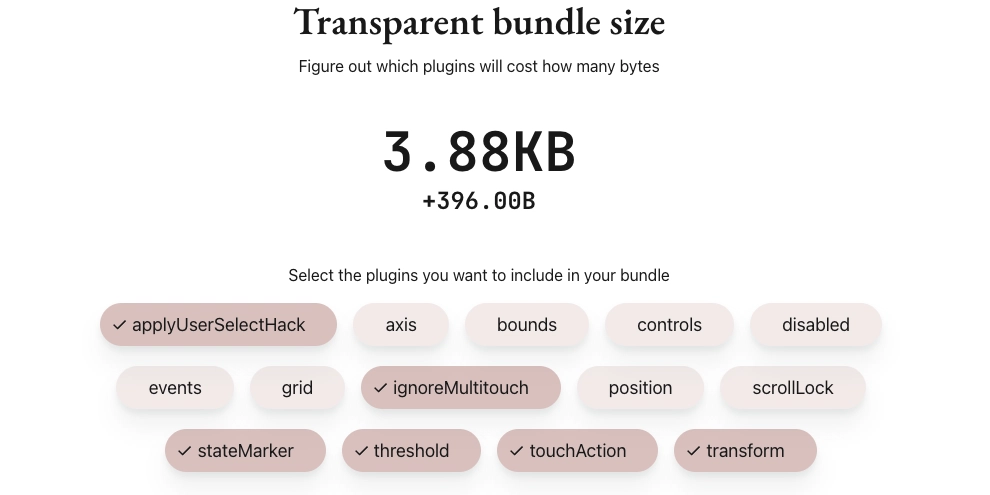













![[FREE EBOOKS] Natural Language Processing with Python, Microsoft 365 Copilot At Work & Four More Best Selling Titles](https://www.javacodegeeks.com/wp-content/uploads/2012/12/jcg-logo.jpg)




















































.jpg?width=1920&height=1920&fit=bounds&quality=70&format=jpg&auto=webp#)




















































































_Andreas_Prott_Alamy.jpg?width=1280&auto=webp&quality=80&disable=upscale#)

_designer491_Alamy.jpg?width=1280&auto=webp&quality=80&disable=upscale#)

























































































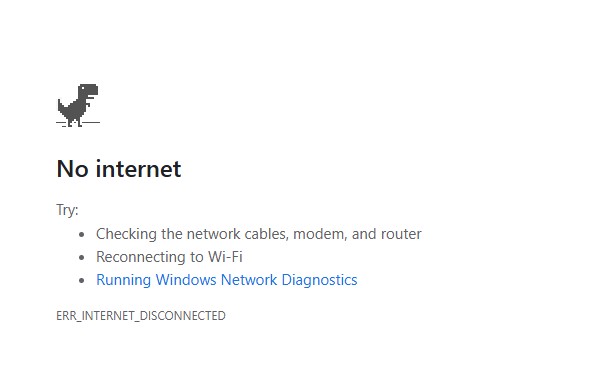




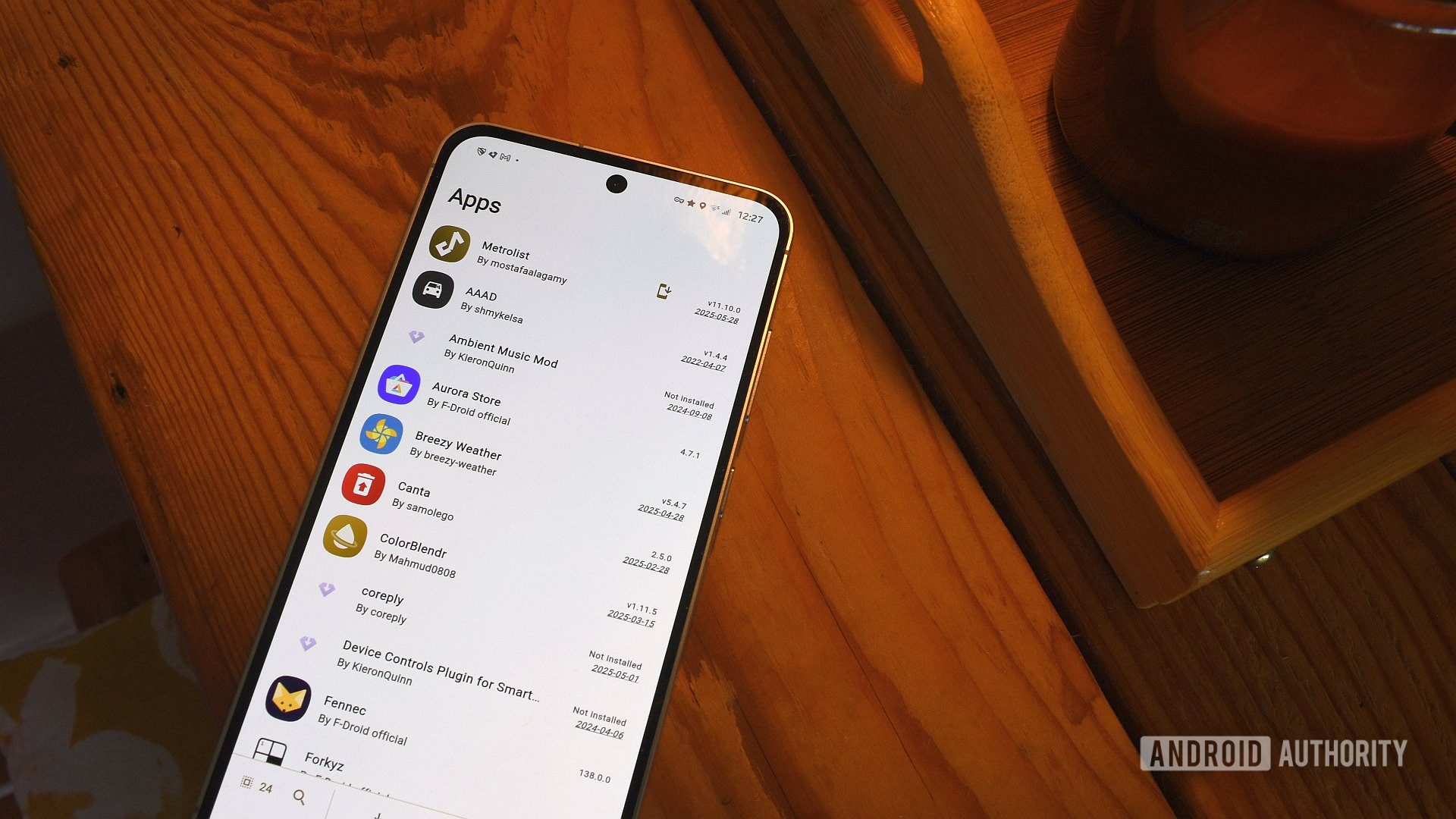




![The new Google TV setup process is impressively fast and easy [Gallery]](https://i0.wp.com/9to5google.com/wp-content/uploads/sites/4/2025/06/Google-TV-logo.jpg?resize=1200%2C628&quality=82&strip=all&ssl=1)

![Apple’s latest CarPlay update revives something Android Auto did right 10 years ago [Gallery]](https://i0.wp.com/9to5google.com/wp-content/uploads/sites/4/2025/06/carplay-live-activities-1.jpg?resize=1200%2C628&quality=82&strip=all&ssl=1)














![3DMark Launches Native Benchmark App for macOS [Video]](https://www.iclarified.com/images/news/97603/97603/97603-640.jpg)
![Craig Federighi: Putting macOS on iPad Would 'Lose What Makes iPad iPad' [Video]](https://www.iclarified.com/images/news/97606/97606/97606-640.jpg)


















